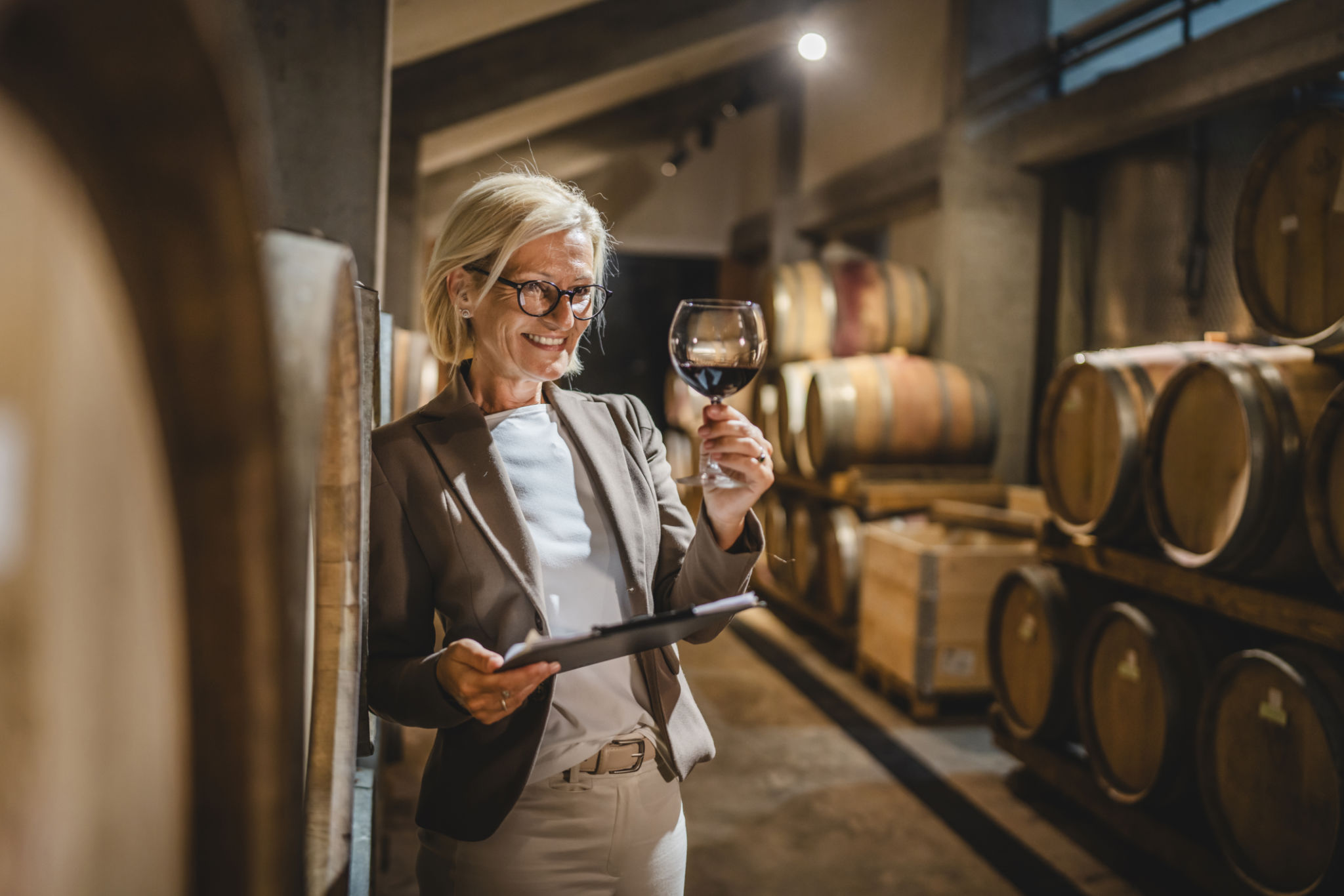Prosecco vs. Champagne: Understanding the Differences and Choosing Your Tour
Introduction to Prosecco and Champagne
When it comes to sparkling wines, Prosecco and Champagne are two names that often steal the spotlight. While both offer delightful bubbles and refreshing tastes, they originate from different regions and have distinct characteristics. Understanding these differences can enhance your appreciation and help you choose the right wine for your occasion.

Origins and Production
The primary difference between Prosecco and Champagne lies in their origins. Champagne hails from the Champagne region in France, while Prosecco originates from the Veneto region in Italy. This geographical distinction is crucial because it influences both the production methods and the flavors of each beverage.
Champagne is made using the traditional method, known as "méthode champenoise," which involves a secondary fermentation in the bottle. This process is time-consuming but results in fine, persistent bubbles. On the other hand, Prosecco is typically produced using the Charmat method, where the secondary fermentation occurs in large stainless steel tanks. This method is quicker and generally less expensive, producing larger and more frothy bubbles.

Flavor Profiles and Tasting Notes
The flavor profiles of Prosecco and Champagne reflect their production methods and grape varieties. Champagne often boasts complex flavors with notes of apple, pear, citrus, and sometimes brioche due to its aging process on the lees. Its acidity is typically higher, providing a crisp finish.
In contrast, Prosecco offers a lighter, fruitier profile with flavors of green apple, honeydew melon, pear, and honeysuckle. The acidity is usually lower than Champagne, making it a refreshing choice for casual sipping or pairing with a variety of foods.

Choosing Your Tour Experience
If you're considering a wine tour to explore these sparkling delights, it's essential to understand what each experience offers. Champagne tours often include visits to historic cellars, tastings of prestigious vintages, and insights into the meticulous production process that defines this renowned wine.
Prosecco tours provide a more laid-back atmosphere, with scenic vineyard views and tastings of various styles from Brut to Extra Dry. These tours often focus on the vibrant culture of the Veneto region and its artisanal approach to winemaking.
Factors to Consider
- Budget: Champagne tours tend to be more expensive due to the prestige and complexity of the wine.
- Taste Preferences: Consider whether you prefer the complex flavors of Champagne or the fresh fruitiness of Prosecco.
- Cultural Experience: Decide if you're more interested in the history and tradition of France or the relaxed charm of Italy.
Pairing Suggestions
Both Prosecco and Champagne pair wonderfully with a variety of dishes. Champagne’s acidity and complexity make it an excellent companion for seafood, soft cheeses, and even fried foods. Prosecco’s lightness complements appetizers like prosciutto-wrapped melon, smoked salmon, or spicy Asian cuisine.

Conclusion
Whether you choose Prosecco or Champagne largely depends on your personal preferences and the experience you're seeking. Both provide unique tasting adventures that reflect their rich histories and regional distinctions. By understanding their differences, you can make an informed decision that enhances your enjoyment of these sparkling wines.